Bird rights offer teams the chance to sign their own free agents without regard to the salary cap, but they don’t apply to every player. Other salary cap exceptions are available for teams to keep players who don’t qualify for Bird rights. One such exception is the Early Bird, which applies to players formally known as Early Qualifying Veteran Free Agents.
The Bird exception is for players who have spent three seasons with one club without changing teams as a free agent, but Early Bird rights are earned after just two such seasons. Virtually all of the same rules that apply to Bird rights apply to Early Bird rights, with the requirements condensed to two years rather than three. Players still see their Bird clocks restart by changing teams via free agency, being claimed in an expansion draft, or having their rights renounced.
The crucial difference between Bird rights and Early Bird rights involves the limitations on contract offers. Bird players can receive maximum-salary deals for up to five years, while the most a team can offer an Early Bird free agent without using cap space is 175% of his previous salary or 105% of the league-average salary in the previous season, whichever is greater. These offers are also capped at four years rather than five, and the new contracts must run for at least two years (with no second-year options).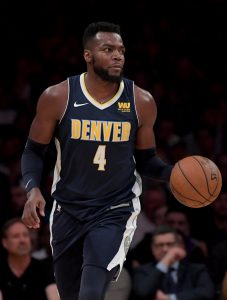
Bojan Bogdanovic (Pacers), Rudy Gay (Spurs), and Taj Gibson (Timberwolves) are among the notable free agents who will have Early Bird rights at the end of the 2017/18 season. The Nuggets would have Early Bird rights on Paul Millsap if they decline his $30MM team option, as is expected.
In Millsap’s case, the Nuggets would theoretically be able to offer 175% of his current $29MM+ salary using Early Bird rights, but the team’s offer couldn’t exceed the maximum salary. Millsap’s max salary projects to be just over $38MM, comfortably within the Early Bird limit. However, he would only be able to sign a four-year contract rather than a five-year deal, since he won’t have full Bird rights. Of course, Millsap’s next contract will likely be far more modest, so these numbers are just hypothetical.
In some instances, teams can benefit from having Early Bird rights instead of full Bird rights if they’re trying to preserve cap space. The cap hold for an Early Bird player is 130% of his previous salary, significantly less than most Bird players, whose cap holds range from 150-300% of their previous salaries.
That could help the Pacers, since the cap hold for Bogdanovic, who is earning $10.5MM this season, will only be $13.65MM — given how well he has played since Victor Oladipo went down, he may be in line for a starting salary higher than that. If the Pacers reach an agreement to re-sign Bogdanovic in July, they could hold off on making it official, keeping his cap hold on the books until they use the rest of their cap room. Then they could go over the cap to finalize Bogdanovic’s deal using the Early Bird exception.
Meanwhile, some players with limited NBA experience are subject to a special wrinkle involving Early Bird rights, called the Gilbert Arenas Provision, which applies to players who have only been in the league for one or two years. We cover the Gilbert Arenas Provision in a separate glossary entry, so you can read up on the details there.
Finally, one more distinction between Bird rights and Early Bird rights applies to waivers. Players who are claimed off waivers retain their Early Bird rights, just as they would if they were traded. Those who had Bird rights instead see those reduced to Early Bird rights if they’re claimed off waivers. This rule stems from a 2012 settlement between the league and the union in which J.J. Hickson was given a special exception and retained his full Bird rights for the summer of 2012 even though he had been claimed off waivers that March.
Note: This is a Hoops Rumors Glossary entry. Our glossary posts will explain specific rules relating to trades, free agency, or other aspects of the NBA’s Collective Bargaining Agreement. Larry Coon’s Salary Cap FAQ and salary information from Basketball Insiders was used in the creation of this post.
Earlier versions of this post were published in previous years by Luke Adams and Chuck Myron. Photo courtesy of USA Today Sports Images.
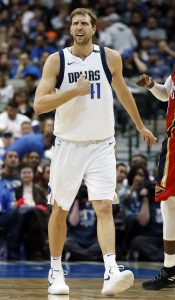
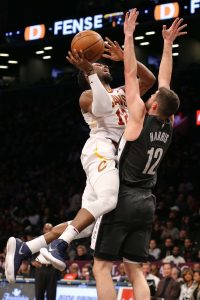 David Nwaba
David Nwaba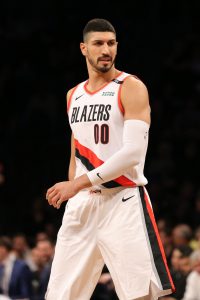
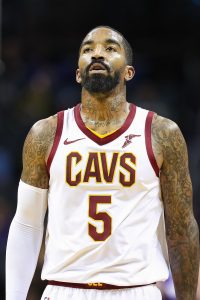 Smith is a 33-year-old outside shooter who wasn’t shooting particularly well this season (.308 3PT%). He’s also earning $14.72MM. Why would he have positive trade value?
Smith is a 33-year-old outside shooter who wasn’t shooting particularly well this season (.308 3PT%). He’s also earning $14.72MM. Why would he have positive trade value?